Self-rising flour is a total game-changer in the kitchen, making everything from biscuits to cookies to pancakes! No baking powder? No problem! You can make all of these recipes with self rising flour without the need for any extra leavening agents!

Self rising flour has become a pantry staple in my house! I absolutely love using it for so many different recipes! It simplifies the baking process by eliminating the need to measure out baking powder or salt, which is perfect for those days when you want to whip up something quickly.
In this roundup, I’ll be sharing some of my favorite recipes using self-rising flour. Some are mine and some are made from amazing food bloggers around the internet! We’ll also dive into what makes this flour so special, how to make your own, and how it compares to other types of flour.
What is Self Rising Flour?
Self-rising flour is simply all-purpose flour with baking powder and salt already added into it. The baking powder acts as a leavening agent, helping your baked goods rise, while the salt adds flavor. It’s a great pantry staple to have on hand for banana bread, pancakes, biscuits, and even chocolate chip cookies.

Self Rising Flour Recipe Instructions
If you don’t have self-rising flour at home, don’t worry! You can easily make your own with just a few pantry staples.
For every 1 cup of all-purpose flour, mix in:
- 1 ½ teaspoons baking powder (make sure it is not expired)
- ¼ teaspoon salt
That’s it! Just whisk it together, and you’ve got self-rising flour ready to go for any recipe. Check out my full recipe about how to make your own self rising flour if you need more information.

Storage Information
To keep your self-rising flour fresh and ready to use, store it in an airtight container in a cool, dry place, like in your pantry. Like all flours, it’s best used within 6 months to make sure it is fresh. If you want to extend its shelf life, you can store it in the refrigerator or freezer. Just be sure to let it come to room temperature before using in recipes.
Self Rising Flour vs. All Purpose Flour
If you've ever been confused about self rising flour vs all purpose flour, you're not alone! The main difference between self-rising flour and all-purpose flour is that self-rising flour already contains leavening agents (baking powder and salt). All-purpose flour, on the other hand, is a plain flour that requires you to add your own leavening and seasoning.
So, if you’re baking something that needs to rise (like biscuits or quick bread) and you’re using all-purpose flour, you’ll need to add baking powder and salt separately. With self-rising flour, that step is already taken care of!

Self Rising Flour vs. Bisquick
Ok, so we figured out self rising flour vs all purpose flour, but what about self rising flour vs. Bisquick? Bisquick is a common baking mix that’s similar to self-rising flour but with a little more added to it. Bisquick contains flour, baking powder, salt, and fat (usually vegetable shortening).
It’s designed for quick-prep recipes like pancakes, waffles, and biscuits where the fat is already included. Just like self rising flour, you can make your own homemade Bisquick or homemade whole wheat Bisquick.
If you’re swapping Bisquick for self-rising flour in a recipe, you’ll want to add some extra fat, like butter or oil, to get the same results. Think of Bisquick as more of an all-in-one mix, while self-rising flour is just the flour plus leavening and salt.

Frequently Asked Questions
I wouldn't recommend it. Yeast recipes usually require all-purpose flour, as self-rising flour's leavening agents can interfere with the yeast. Stick with all purpose flour or bread flour for yeast recipes.
Yes, self-rising flour works well for frying. It adds a little extra crispiness to fried foods, thanks to the baking powder in the flour. Just be careful about adding too much salt since there is salt already in the flour.
Self Rising Flour Recipes for Biscuits, Rolls and Bagels





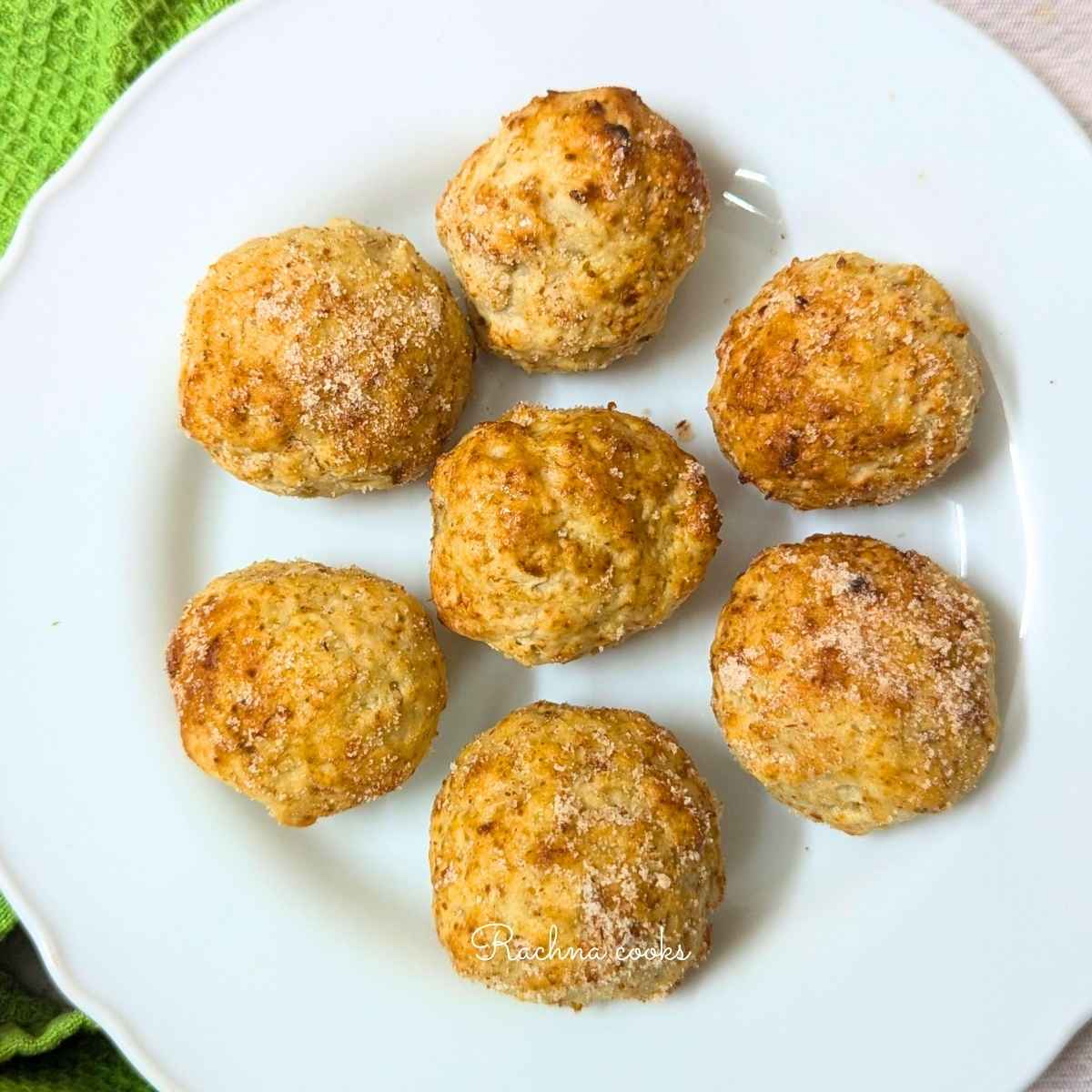


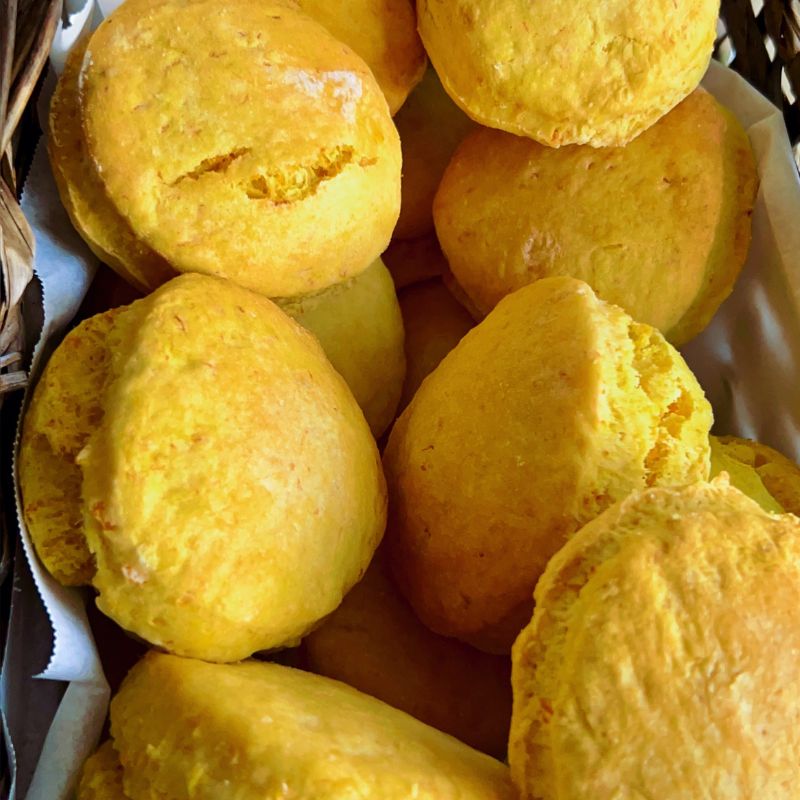
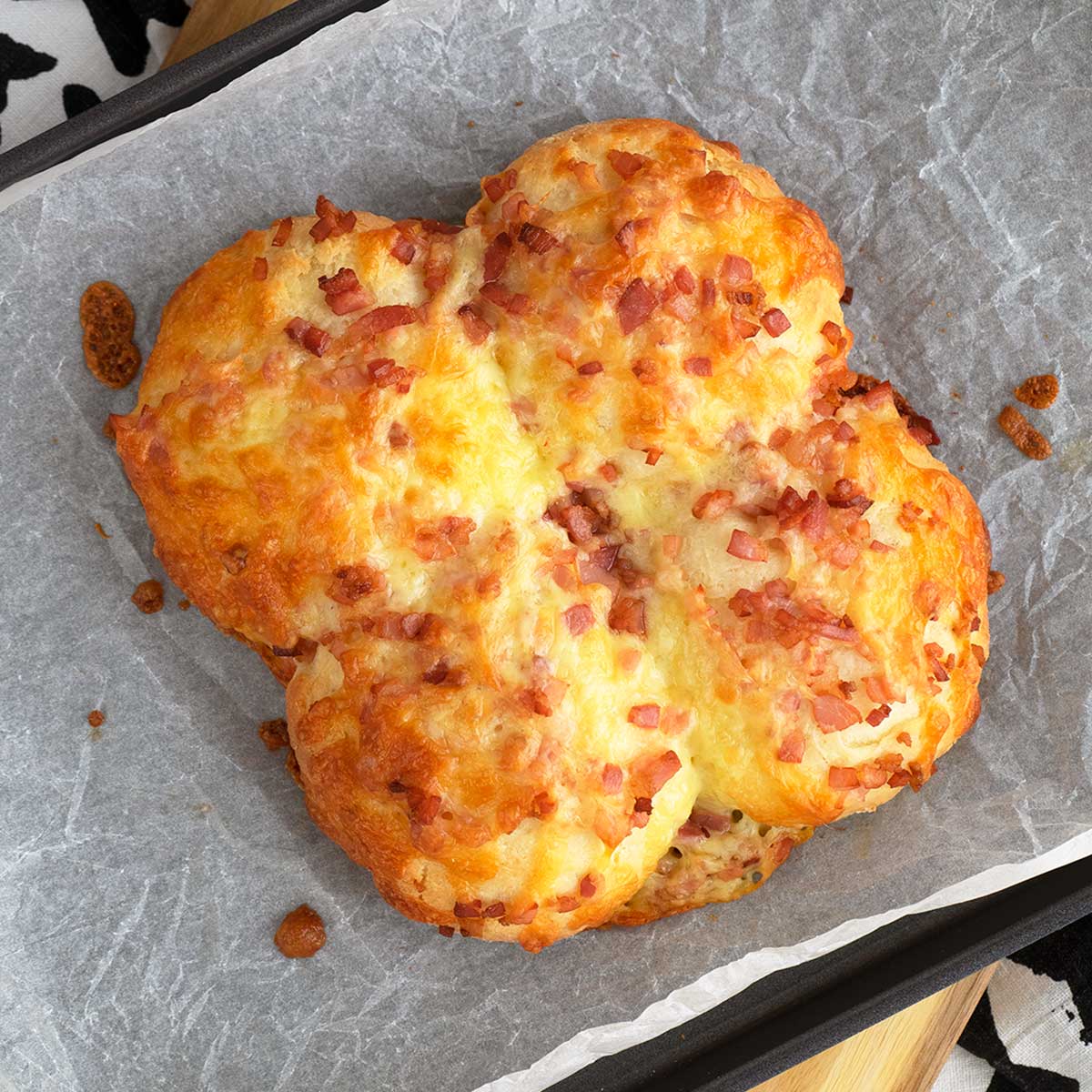
Self-Rising Flour Recipe Ideas for Muffins



Self Raising Flour Recipe Ideas for Breakfast


Bread Recipes with Self Rising Flour




Dessert Recipes Using Self Rising Flour






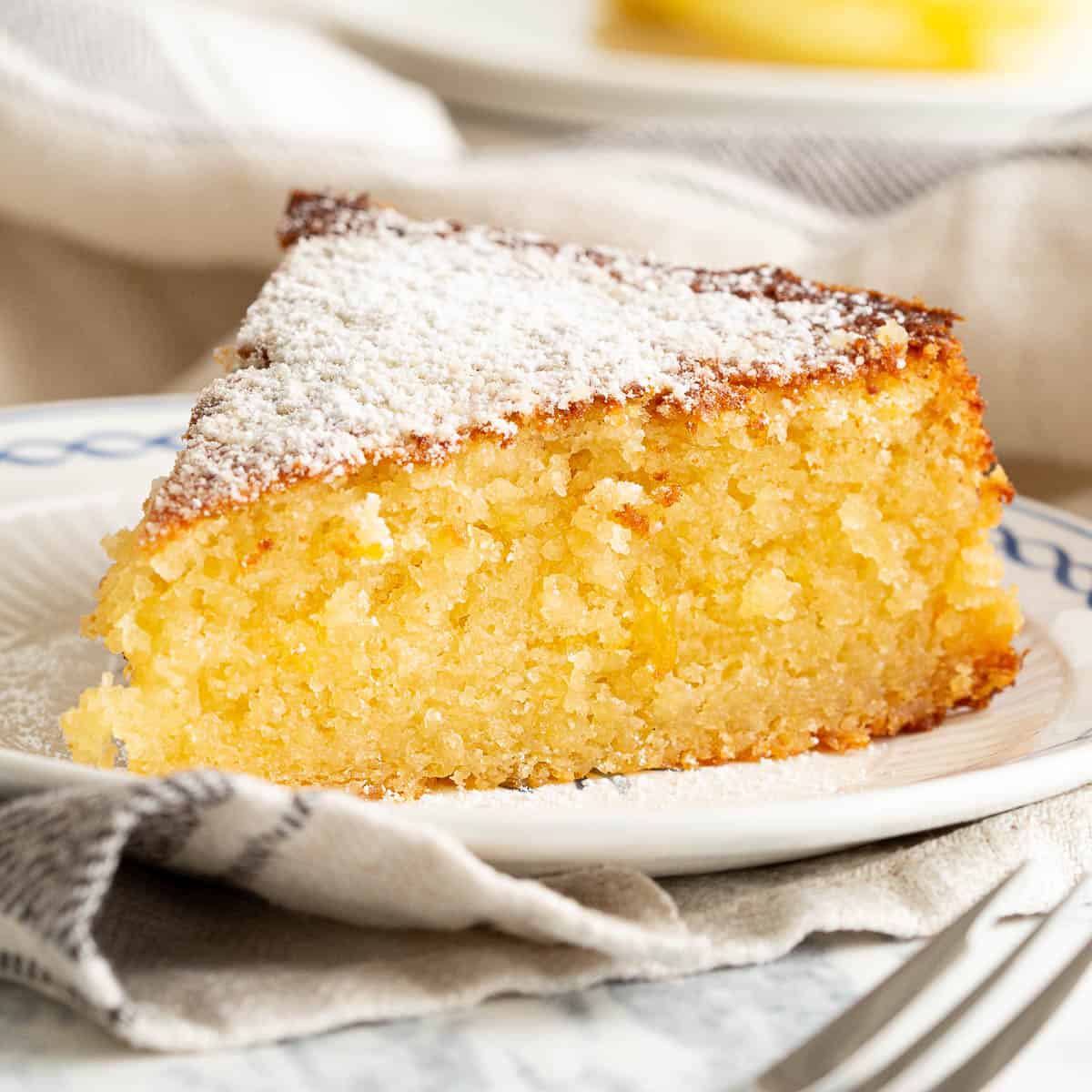
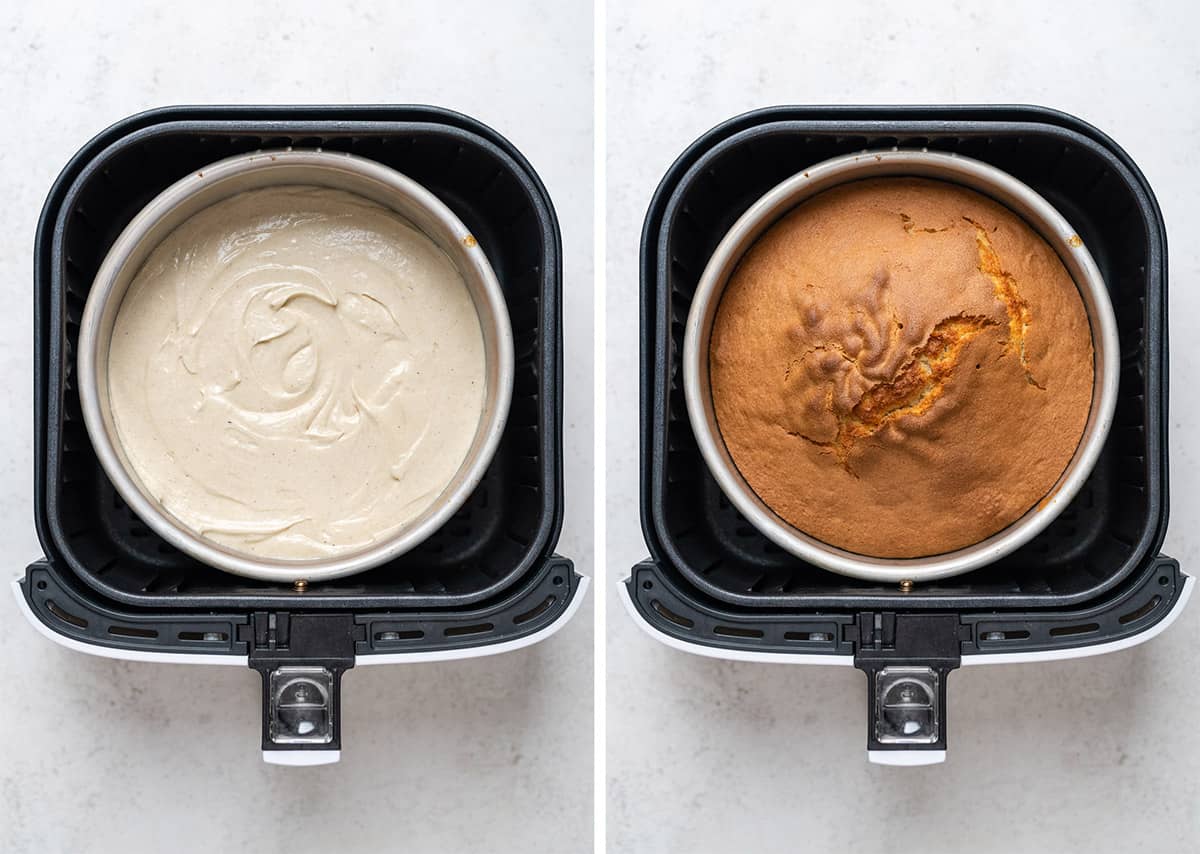
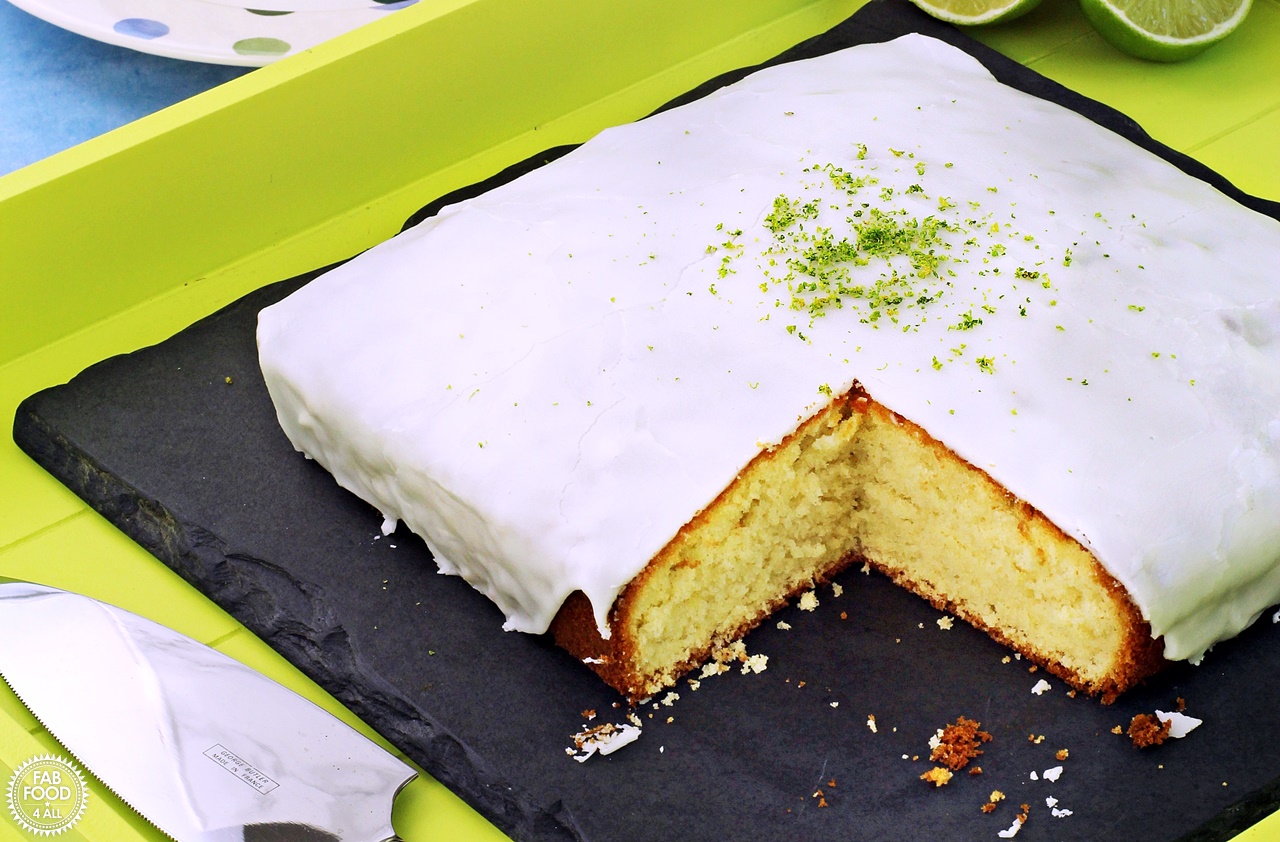


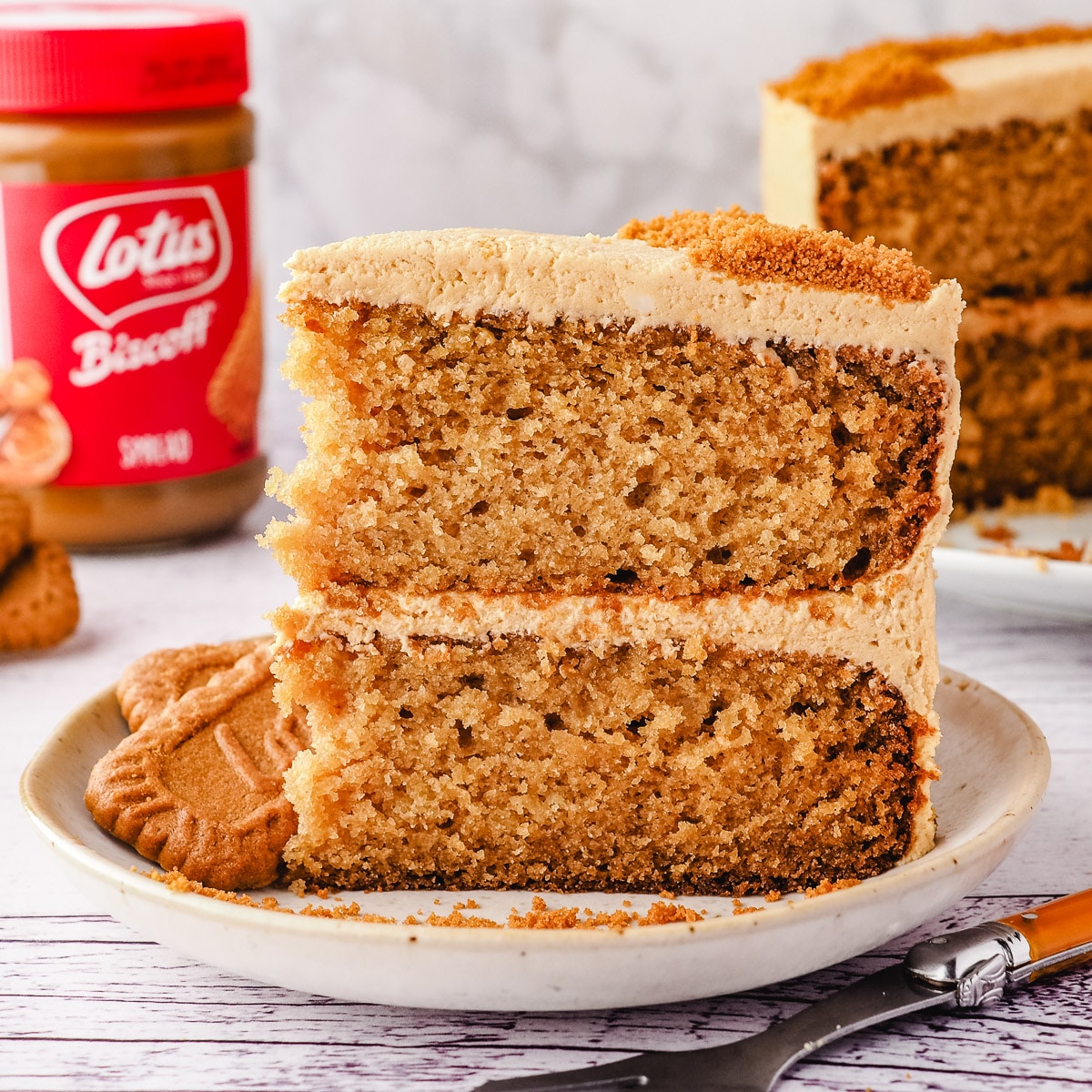

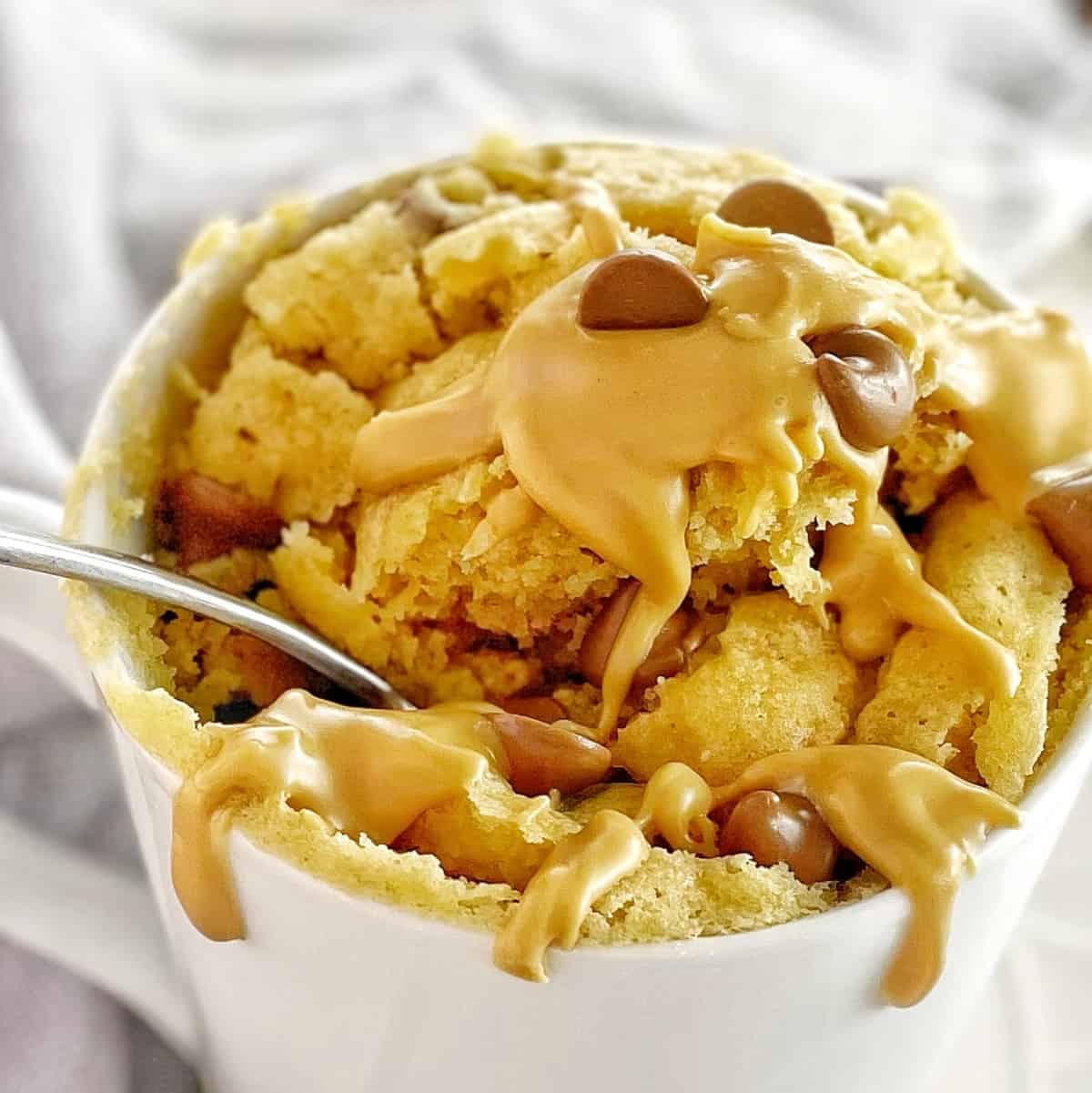





Other Self Rising Flour Recipes

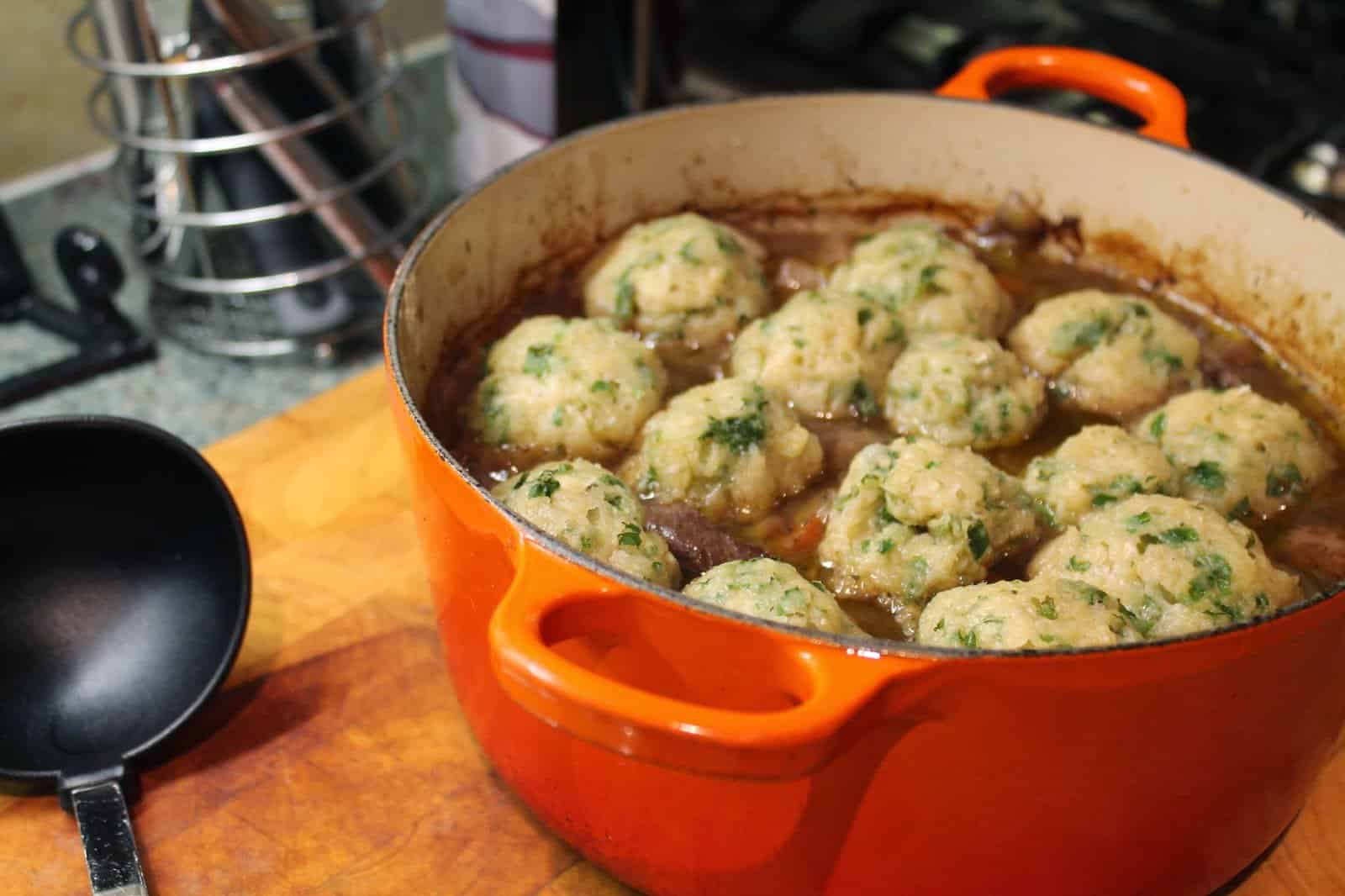
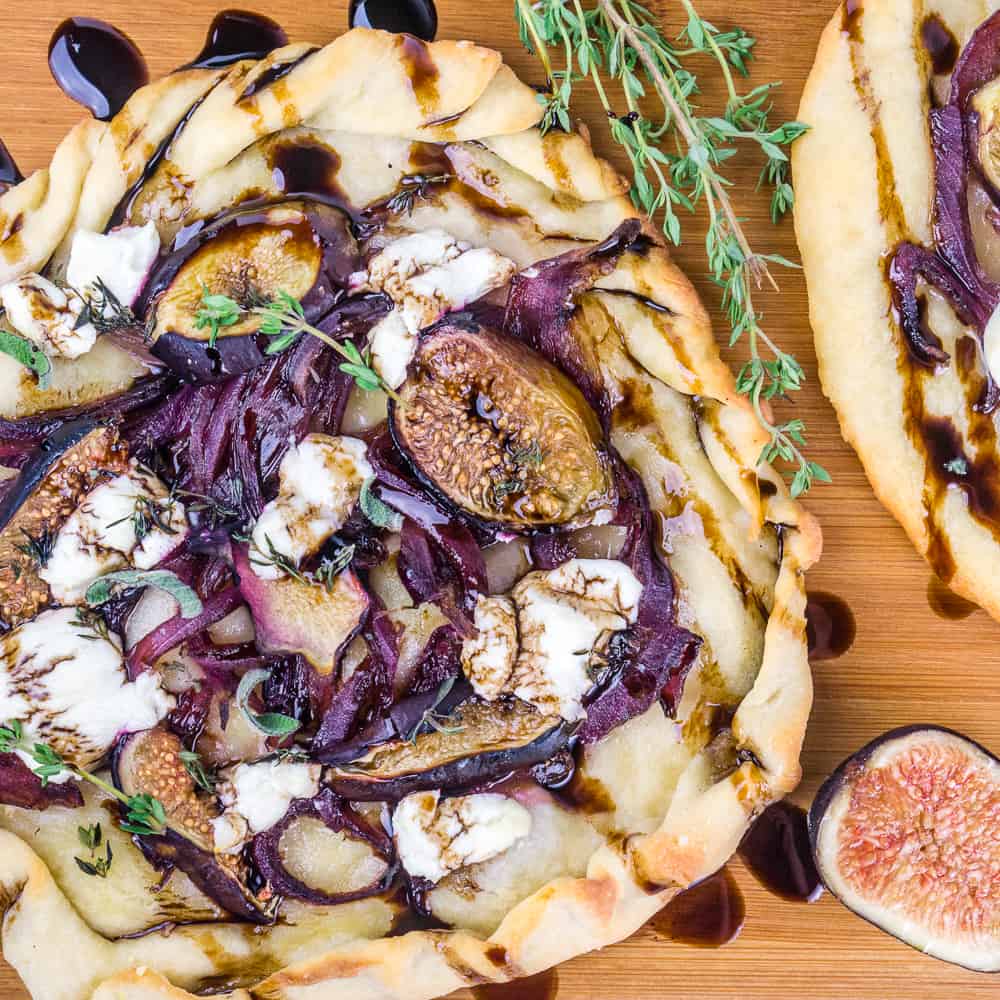
Did you make this recipe and love it?
If you did, don't forget to leave a 5-star review and comment below! Show me your creation on Instagram or Facebook. Just mention @Lynn'sWayofLife or use this hashtag #lynnswayoflife.





Leave a Reply